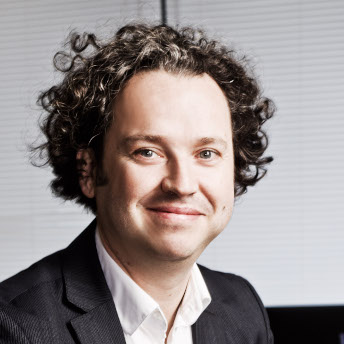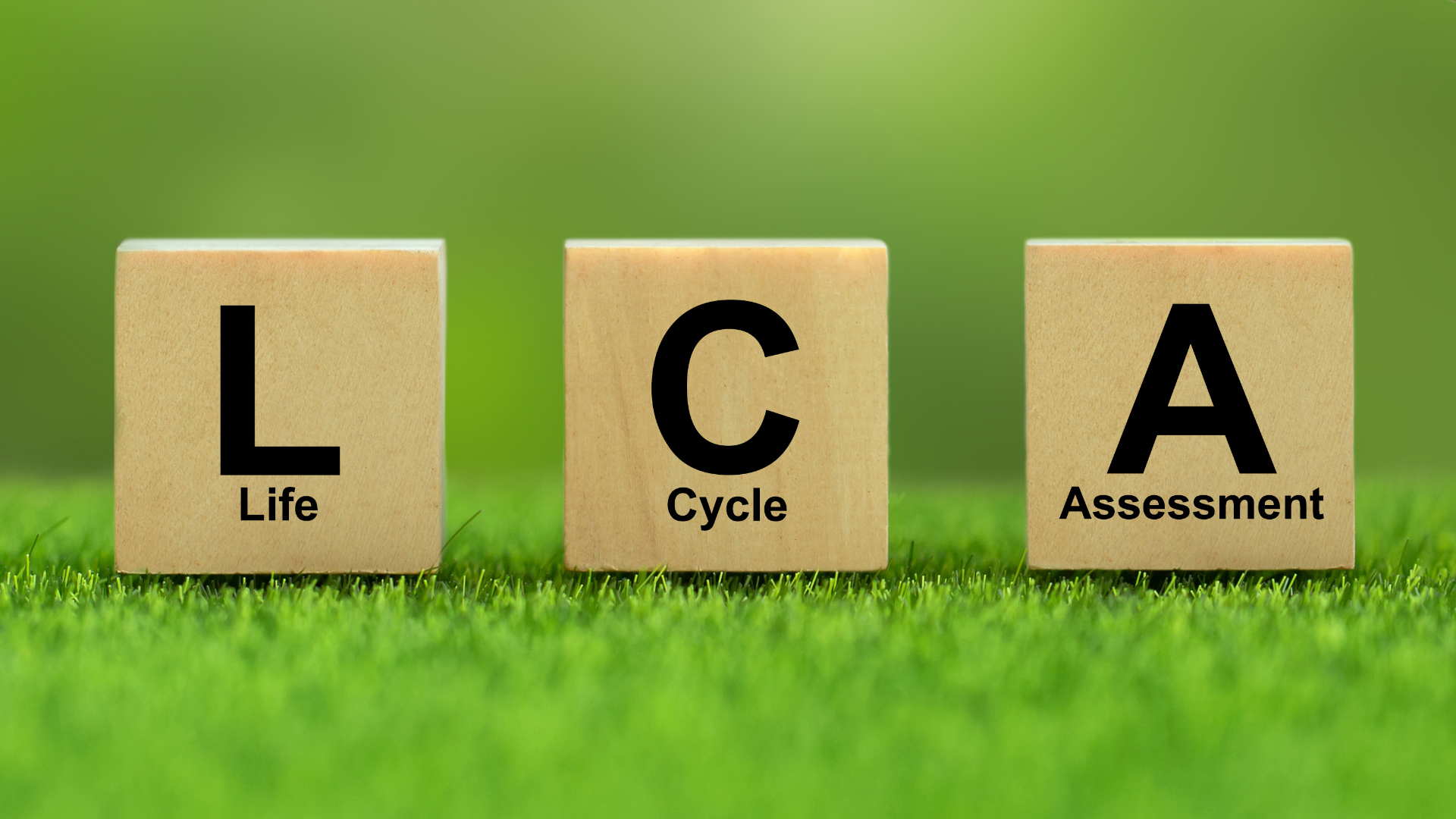"Design-to-fade concept particularly promising for the future"
Sascha PetersProfession:
PhD design scientist and engineer
Position:
Founder and managing director of the Berlin-based future agency for materials and technology Haute Innovation, member of the advisory board of the BMBF funding initiative "Zwanzig20 - Partnerschaft für Innovation" (Twenty20 - Partnership for Innovation)

Profession:
PhD design scientist and engineer
Position:
Founder and managing director of the Berlin-based future agency for materials and technology Haute Innovation, member of the advisory board of the BMBF funding initiative "Zwanzig20 - Partnerschaft für Innovation" (Twenty20 - Partnership for Innovation)

Sascha Peters is a materials expert and trend scout for new technologies. He is convinced: The recycling of resources must already be considered in product design.
Whether it's clothes made from milk proteins or foam packaging made from mushrooms, as head of the Berlin-based future agency Haute Innovation, Sascha Peters knows where the trend is heading. The design scientist has been following the direction in which new materials and technologies are developing for years. He derives application scenarios for the markets of the future and acts as an intermediary between technological innovation and marketable product application. As a trend scout and author of numerous specialist books, Peters is convinced that "innovations with natural origins and biodegradable qualities" will shape the future, especially of short-lived products and components, and that the circular economy will only succeed if thought is given to raw material recycling as early as the product design stage.
What role does sustainability play in the production of materials?
The importance of sustainability issues has risen steadily in recent years. However, this does not apply equally to all industries. Basically, we can observe that companies always move when either the customer clearly expresses the desire for sustainable products or legal requirements set the system in motion. We do not advise emphasizing individual points such as material production. If you want to achieve something, you have to look at the entire life cycle of the products, all the way to disposal. If the recycling of resources is not considered from the very beginning, it will be difficult to achieve a functioning circular economy.
Which industry is considered the innovation driver here?
This question is not easy to answer. Legal requirements and the competitive situation have led to the automotive industry and also the packaging industry making significant leaps in the direction of sustainability. In the textile and construction industries, however, there is still a lot of room for improvement. Above all, the separation of responsibility for production and disposal in the value chains means that sustainability and the idea of recycling are rarely taken into account. We see this very clearly in the textile industry.
How can material manufacturers live up to the principle of the circular economy and what role do designers play in this?
Many different materials, especially when glued together, are poison to the circular economy. Everything that cannot be easily separated in the end cannot be returned to the cycle. The recycling industry has improved its facilities, but in the end, products with reduced material diversity or those made of only one material (monomaterial) are easier to process. Designers can help here by thinking about disposal right from the product design stage. The focus should above all be on materials that produce few CO2 emissions during their manufacture. This factor will become increasingly important in the future.
What bioeconomic trends are emerging for new materials and technologies?
Foams for packaging made from mushrooms, sneakers made from silk proteins, chairs from the furniture plantation: With biofabrication, a new field of research has developed in recent years that will generate sustainable solutions for the biological cycle. For consumer goods and very short-lived products and components, innovations with natural origins and biodegradable qualities will become essential.
Which innovations do you think have the greatest potential for the future?
Currently, we consider concepts in the textile sector to be particularly promising for the future, in which the durability of the fibers can be matched to the product's lifespan. Textile products should be able to decompose naturally after a certain period of time and be returned to the biological cycle. "Design to Fade" - We consider this concept to be the only way that works, especially in view of the sobering recycling rates achievable for plastics in the packaging sector. We must no longer allow artificial materials to enter nature unhindered and find their way back to humans as microplastics.
Where does Germany stand in terms of sustainable materials and technologies and what could we learn from other countries?
A few years ago, Germany was still a pioneer in the use and development of sustainable materials and technologies. We have lost this position to some extent because we have not implemented the technologies in a consistent manner. This starts with the use of regenerative energy sources and ends with recycling quotas. In other countries, existing technologies are now being implemented better and, above all, faster. This applies to Scandinavian countries, for example, as well as to some regions in Southeast Asia.
Interview: Beatrix Boldt


